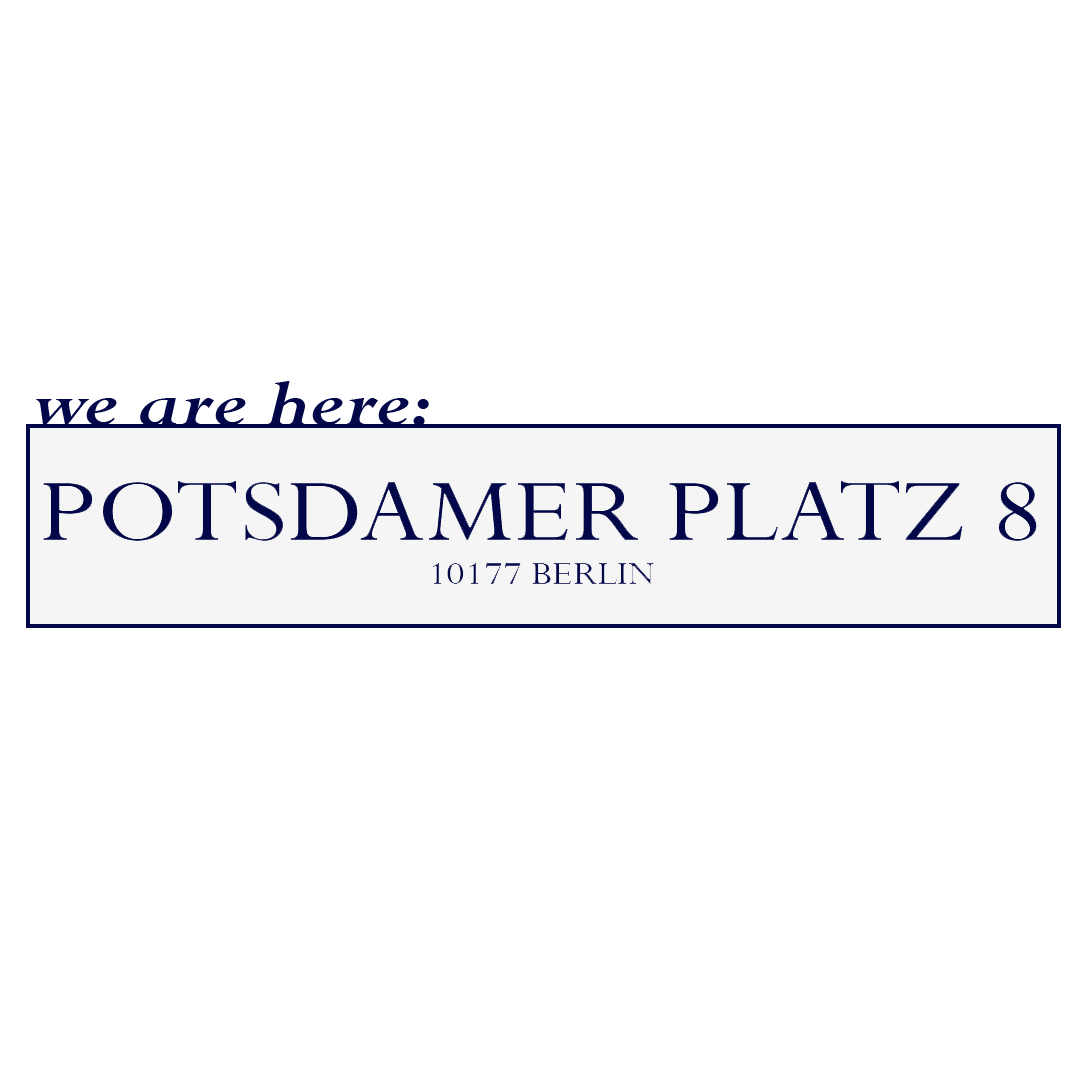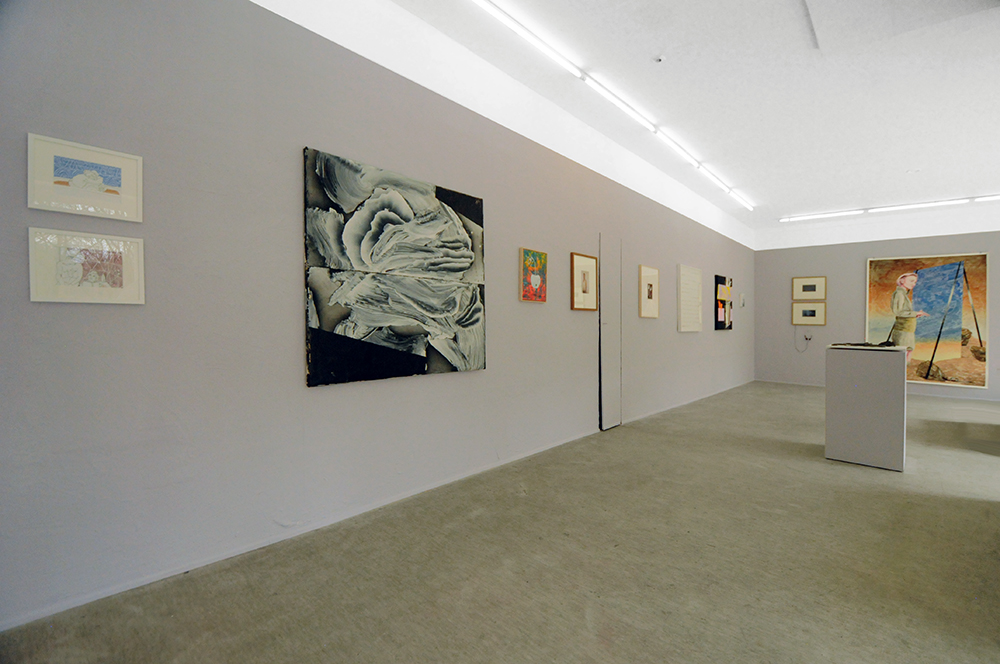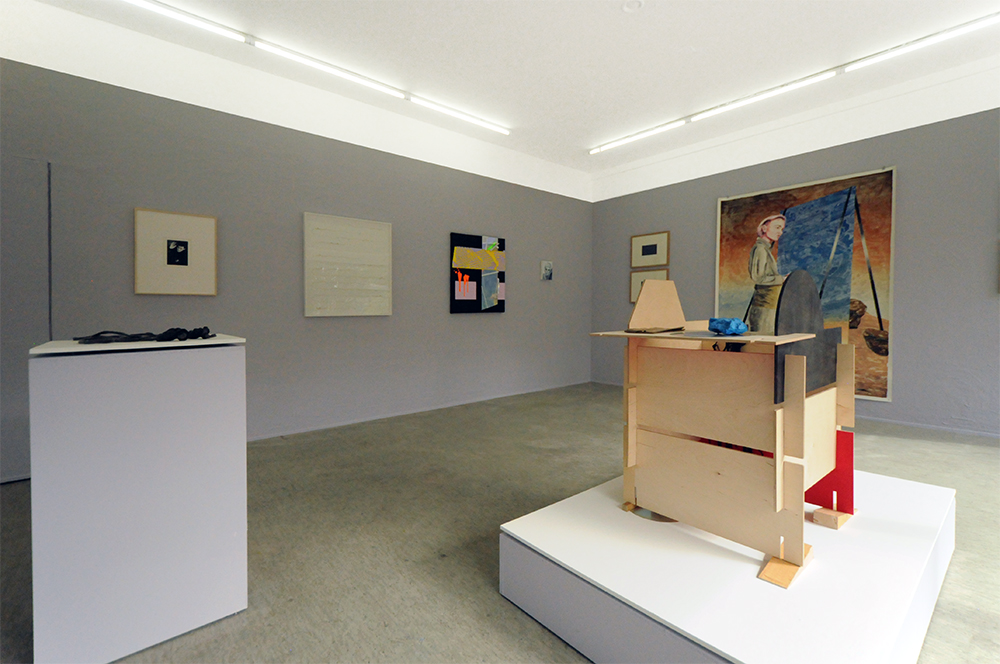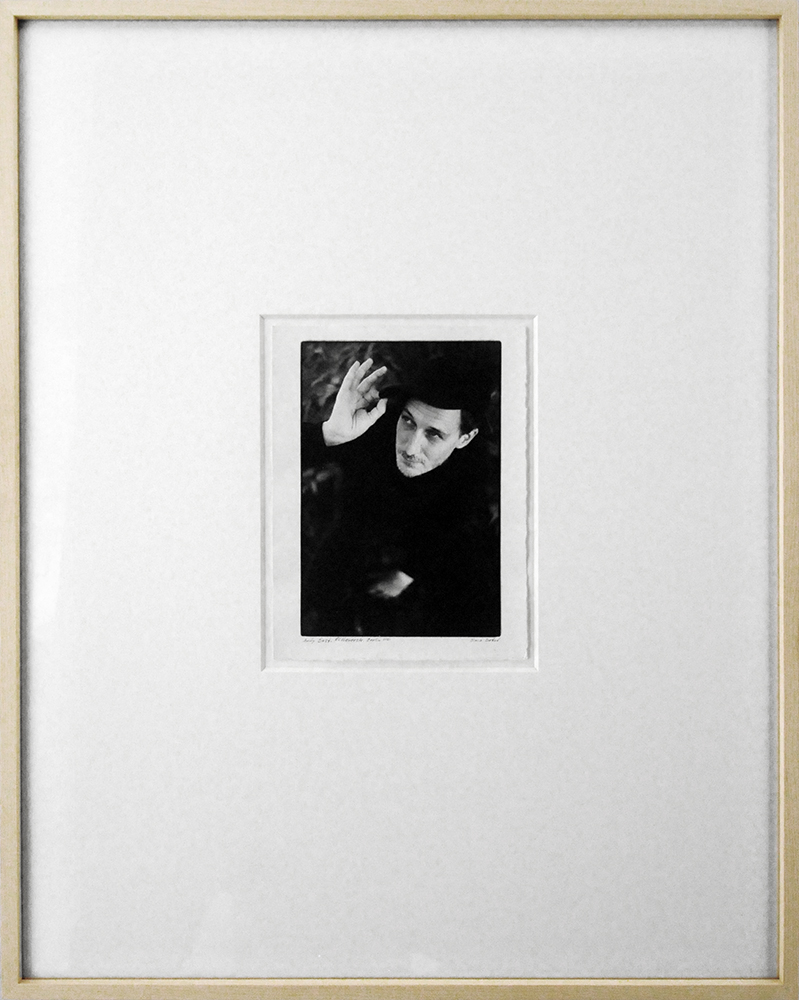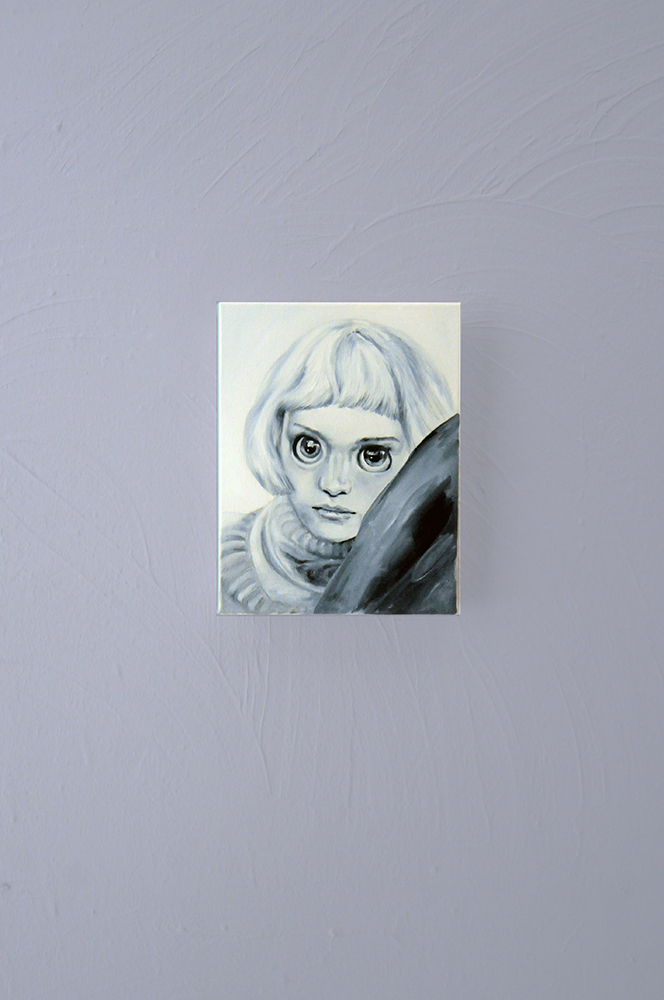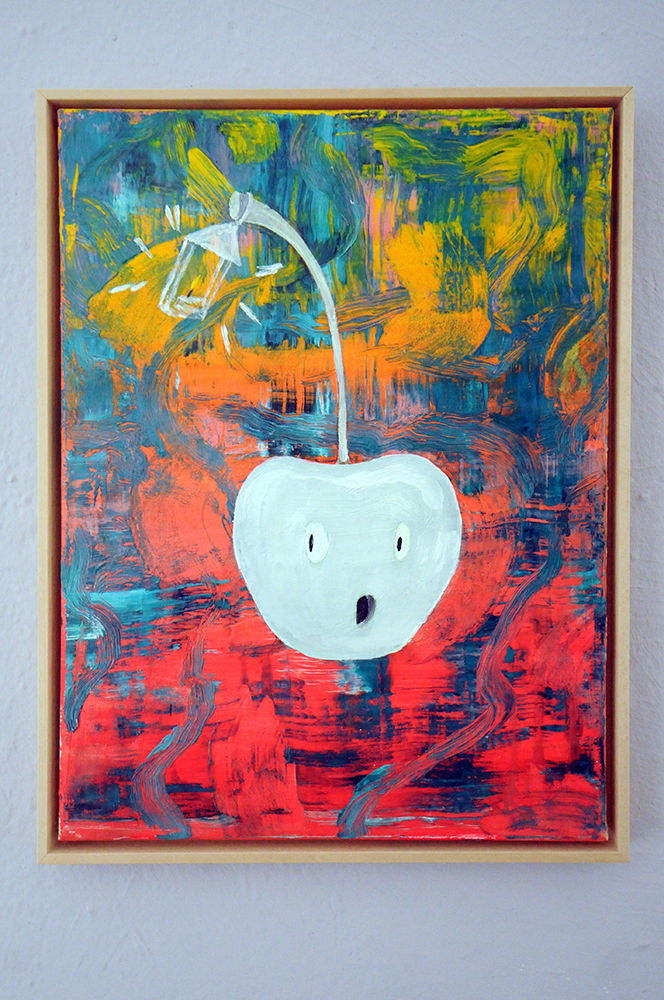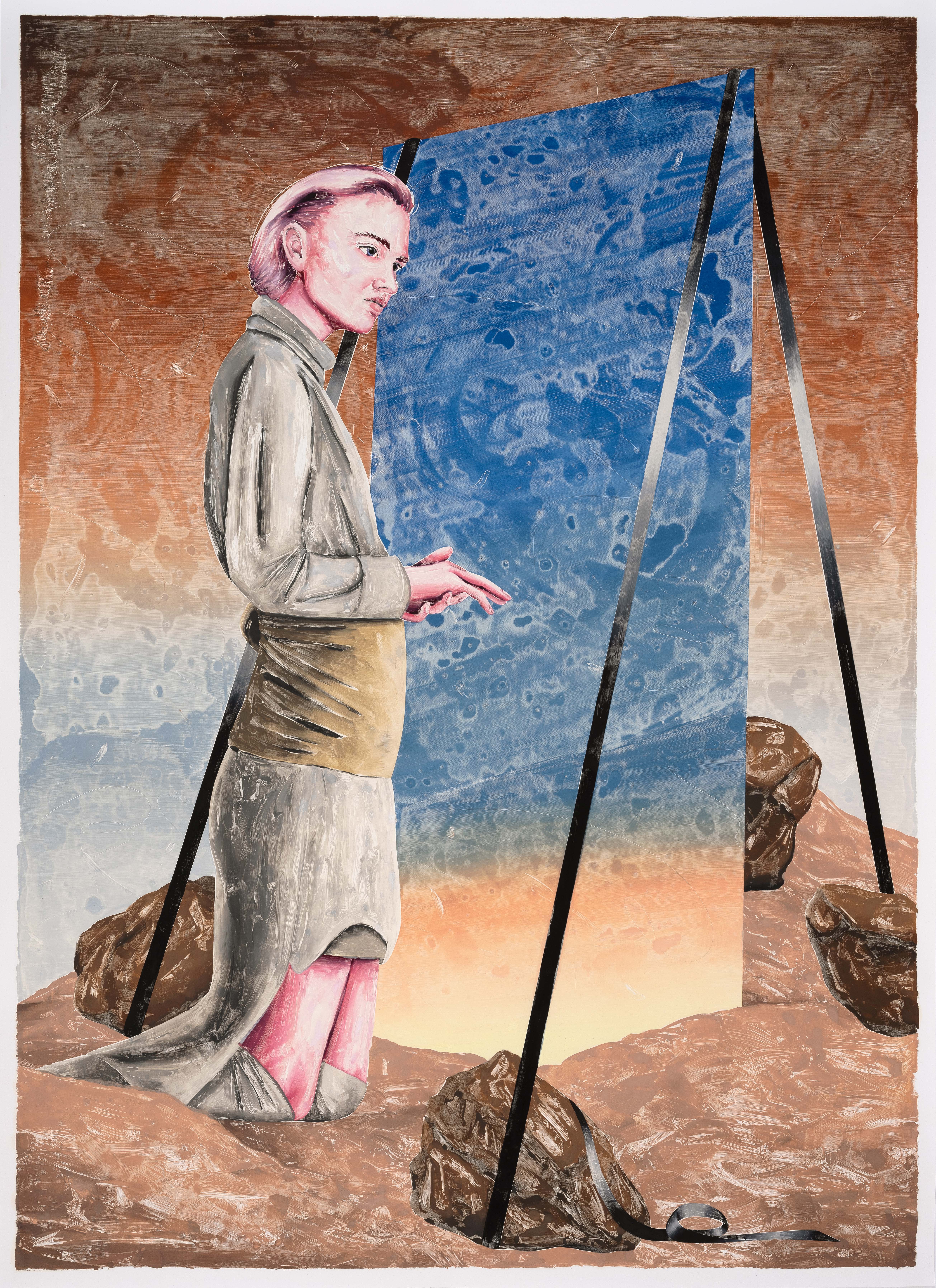Past
Andy Best, Charlie Stein, Marion Fink, Alicja Kwade, Jorinde Voigt, Dima Zorkov, Ceal Floyer, Louise Haselton, Gregor Hildebrandt, Nick Hornby, Jesper Just, Holger Kalberg, Bianca Kennedy, Swan Collective, Nina E. Schönefeld, Christian Lock, Viv Miller, Abigail Hunt, Kieren Reed, Anselm Reyle, Bridget Currie, Ondrej Drescher
A Portrait Of Spirits
A Portrait Of Spirits
This exhibition was conceived as a memorial for Andy Best. He had been an active part of the Berlin art community in recent years, touching many lives with his unique personality, as he had before in Australia and London. The artists in this show are all connected through the friendship and memories they shared with Andy.
“You can always go back in time, but you can never go back in time.”
-Andy Best
Magical, pragmatic, extraordinarily prolific; secretive to a fault, funny and light-hearted; deep, forgiving and sweet, yet capable of the most clear-cut analyses of other peoples’ works, Andy Best remains—as an artist and as a person—enigmatic to his peers and even to his partner as she writes this.
Andy never went in for doing a “quick show.” In interviews, he claimed his practice was nothing less than an attempt to create works that could speak about the origins of the universe, while comfortably sitting in a specific moment between two disjointed thoughts. What a wonderful being to spend your time with!
Andy also designed a chatbot that creates instructions for unique artworks; or, more specifically, if we consider the idea itself the true art, actual works of art. It still keeps going today, churning out new works on an hourly basis, secretly rendering Andy one of the most prolific artists of our time. His little machine has given birth to more than 40,000 works. Of course, Andy wouldn’t like hearing me talk about any of this. The project isn’t finished yet, it’s not polished. But I can’t keep it a secret any longer; because I know it will never be more finished than it is today.
“An ink drawing of the spirit that guides the artist's work, showing how things really are on the inside”
Artbot, February 2022
I think Andy saw himself as an artist in the most inclusive sense, not wanting to be pinned down. Whatever medium best fit the specifications for an artwork, he would find it and implement it to perfection. This culminated in Andy’s creation of Pauline: a larger-than-life installation made of barrels and metal carriers, invoking the Nintendo game Donkey Kong. Some pieces were painted bronze—diminutive mixed-media sculptures that looked like realistic weeds growing in the gallery space. Another body of work comprised sculptures made entirely of cocaine. To Andy‘s great disappointment, his gallery at the time was afraid to note this little fact.
Andy’s Fall Series, an earlier photographic project of his, was reviewed by an Australian photography magazine, which thus earned him the byline: “the artist who killed photography.” To Andy, this was the best compliment anyone could have given him. The Fall Series is currently on view in the entrance hall of the Australian Embassy Berlin.
When I look at Andy’s works from around 2008, I never have the feeling that I’m looking at a dated way of making art. He was using green LED lights back in 2008; now you can hardly see a show in Berlin without them.
Andy never gave a fuck whether he was trendy; in fact, I think he despised it. The way he made work was obstinate, with a long breath, with care and love and a lot of time for tests and reiterations. His paintings are magnificent, hard to figure out, full of symbolism and honest introspection.
To me, every painting is a little part of him. Another puzzle piece that might help me put him back together on some plane of existence or reality.
I hope every day that he was on to something; that time is neither linear nor real, that there are ghosts and that there are different, overlapping planes of existence. Deep down I hope he can go back in time and change it all. But for now, I have to accept that he is visibly not here with us: only in our memories, in what we have picked up from him, what he taught, and what he has left us of himself.
Charlie Stein, Berlin 2022
